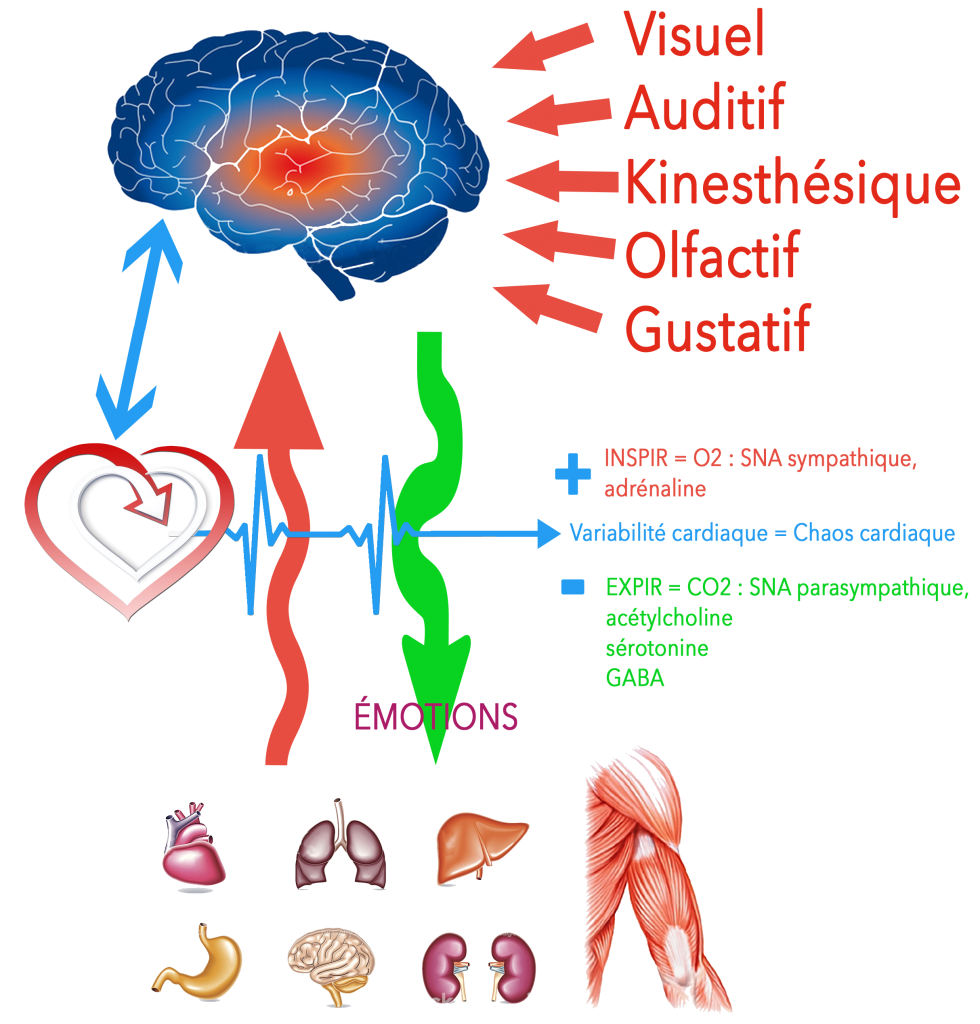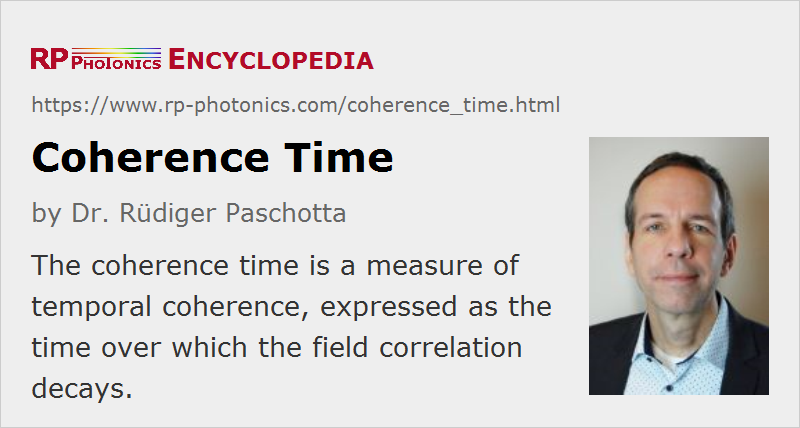/ kəʊˈhɪə.r ə ns / C2 the situation when the parts of something fit together in a natural or reasonable way: There was no coherence between the first and the second half of the movie. But after a couple of cheap shocks the storyline takes over. For the following hour, 'Coherence' plays with the possibilities of infinite universes, of infinite selves, of the differences small decisions can make, and of how they affect lifelong relationships between friends, rivals and lovers.
What Is Cardiac Coherence Training?
Cardiac coherence training (CCT) involves the use of biofeedback to control heart rate variability (HRV) — the moment-to-moment change in heart rate. With the help of the clinician, a person can learn to make the heart rate fluctuation more rhythmic or coherent.
The skills learned with the use of biofeedback can be practiced at home for relaxation and can be used as a stress management tool during daily activities. However, the program is much more than a simple relaxation technique — a person learns to appreciate oneself, to substitute stressful responses with more positive emotions, and to more freely engage one's heart and caring side.
What Is the Background of Cardiac Coherence Training?

We have long known that stress stimulates the sympathetic nervous system (fight-or-flight response) and relaxation or positive emotions involve the parasympathetic system. Much research has shown a direct connection between sympathetic vs. parasympathetic tone and physical and mental health problems such as heart disease, hypertension, depression, and anxiety. Additionally, there appears to be a two-way communication system between the brain and the nerves surrounding the heart.
This system affects the body's stress hormones and immune system. Research has shown benefits of CCT for management of stress and anxiety symptoms, work satisfaction, and work and school performance. Additionally, the HRV pattern associated with a stress response may be a risk factor for complications in cardiac patients. Further research is needed about the role of CCT for these patients.
What Are the Indications for Cardiac Coherence Training?
Coherence Cardiaque
- Used most commonly for general wellness and stress management
- Stress related to family, school, or work situations
- Posttraumatic stress disorder, depression, anxiety, or phobias
- Stress affectng mental or physical health or relationships
- Health problems that can have a significant stress component, such as hypertension and coronary artery disease
What Are the Contraindications for Cardiac Coherence Training?
There are no specific contraindications to CCT, but individuals with active suicidality or psychosis may require a more intensive level of psychiatric care.
Additionally, there may be technical difficulties with the use of this form of biofeedback for individuals with cardiac arrhythmia (irregular heartbeat).
In each paragraph of an essay, one particular idea or topic is developed and explained. In order to successfully do so, however, it is essential that the paragraph be written in a unified and coherent manner.

A unified paragraph must follow the idea mentioned in the topic sentence and must not deviate from it. For a further explanation on topic sentences, see the Write Right on Topic Sentences.
A coherent paragraph has sentences that all logically follow each other; they are not isolated thoughts. Coherence can be achieved in several ways. First, using transitions helps connect ideas from one sentence to the next. For more on transitions, see the Write Right on Transitions. Second, ordering thoughts in numerical sequence helps to direct the reader from one point to the next. Third, structuring each paragraph according to one of the following patterns helps to organize sentences: general to particular; particular to general; whole to parts; question to answer; or effect to cause.
Remember that a paragraph should have enough sentences so that the main idea of the topic sentence is completely developed. Generalizations should be supported with examples or illustrations. Also, details and descriptions help the reader to understand what you mean. Don't ever assume that the reader can read your mind: be specific enough to develop your ideas thoroughly, but avoid repetition
An effective paragraph might look like this:

Coherence Movie Trailer
It is commonly recognized that dogs have an extreme antagonism toward cats. This enmity between these two species can be traced back to the time of the early Egyptian dynasties. Archaeologists in recent years have discovered Egyptian texts in which there are detailed accounts of canines brutally mauling felines. Today this type of cruelty between these two domestic pets can be witnessed in regions as close as your own neighborhood. For example, when dogs are walked by their masters (and they happen to catch sight of a stray cat), they will pull with all their strength on their leash until the master is forced to yield; the typical result is that a feline is chased up a tree. The hatred between dogs and cats has lasted for many centuries, so it is unlikely that this conflict will ever end.

This paragraph is effective for the following reasons:
Coherence Mathematics
- The paragraph shows unity. All the sentences effectively relate back to the topic sentence at the beginning of the paragraph.
- The paragraph shows coherence. There is a flow of thoughts and ideas among the sentences in this paragraph. There are good transitions employed in the paragraph. The writer also presents her sub-topics in an orderly fashion that the reader can follow easily.
- The paragraph is developed. The writer gives herself enough space to develop the topic. She gives us at least two reasons to accept her argument and incorporates some examples in order to give those reasons more validity.
Reference: Strunk, Wiliam Jr., and E. B. White. The Elements of Style. 4th ed., Allyn and Bacon, 2000.

Coherence In Writing
Copyright © 2009 Wheaton College Writing Center
